Politics
EMBASSIES OF LITHUANIA AND POLAND CELEBRATE CONSTITUTION DAY
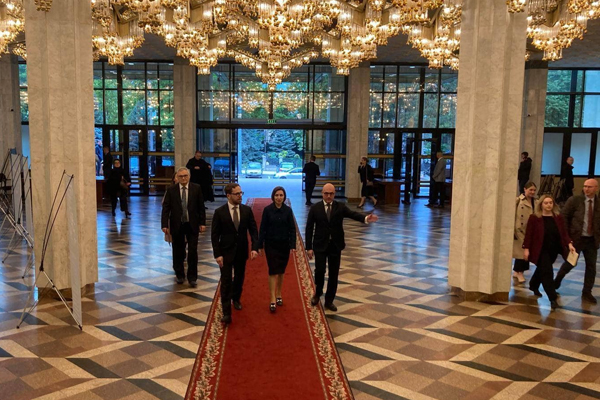
The embassies of Lithuania and Poland in Moldova celebrated the Constitution Day of the Polish-Lithuanian Commonwealth. As reported by INFOTAG, they organized a solemn reception and concert at the Palace of the Republic to mark the Constitution of the Polish-Lithuanian Commonwealth of May 3, 1791.
The Lithuanian Embassy announced on its website and social media that the celebration also commemorated the 20th anniversary of Lithuania and Poland's membership in the European Union, as well as the 20th and 25th anniversaries of their NATO membership.
“The Constitution of May 3 is based on solidarity, cooperation, and common values, which are reflected in the EU and NATO today. Moldova and Ukraine also benefit greatly from the EU and NATO. (...) Your membership will contribute to the expansion of the space of prosperity and security,” said Lithuanian Ambassador Tadas Valionis at the ceremony.
President Maia Sandu expressed gratitude for the support that Lithuania and Poland provided to Moldova on its European path.
“Our relations with Poland and Lithuania are not only relations of friendship and cooperation but also shared values and aspirations. (...) With your support, we are moving towards EU accession, and you help us overcome serious external problems that we face in this complex period,” said the president.
The Constitution of May 3, 1791, was adopted by the Great Sejm, the representative body of the Polish-Lithuanian Commonwealth - the personal union of the Kingdom of Poland and the Grand Duchy of Lithuania. The adoption of the Constitution was preceded by a period of agitation and partial implementation of reforms, which began with the activities of the convocation Sejm of 1764 and the election of Stanisław August Poniatowski - as it later turned out, the last monarch of the Polish-Lithuanian Commonwealth. The Constitution had legal force for less than 19 months. On November 23, 1793, its effect was annulled by the Grodno Sejm. By 1795, the Polish-Lithuanian Commonwealth, which had undergone the Second and Third partitions, ceased to exist as an independent state. For the next 123 years, supporters of the Constitution saw it as a model of successful internal reforms and a hope for the restoration of an independent Poland. Experts consider the Constitution of the Polish-Lithuanian Commonwealth to be the second codified national constitution in history after the Constitution of the United States.

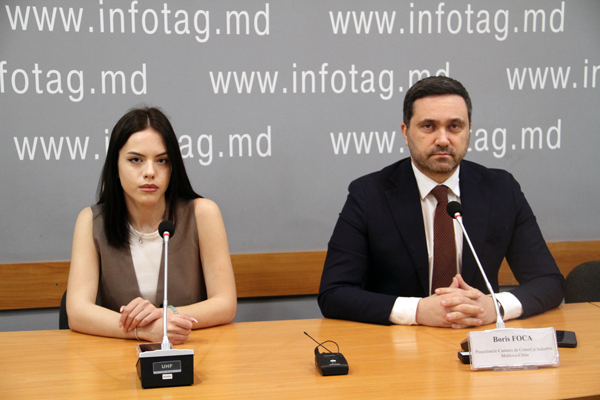
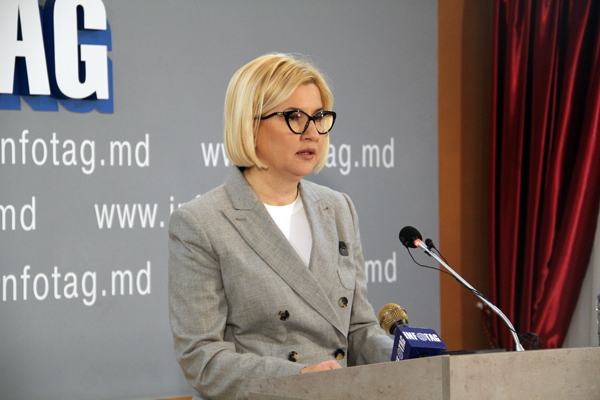
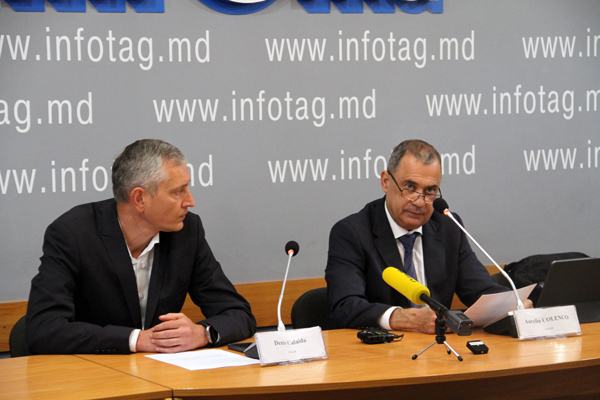
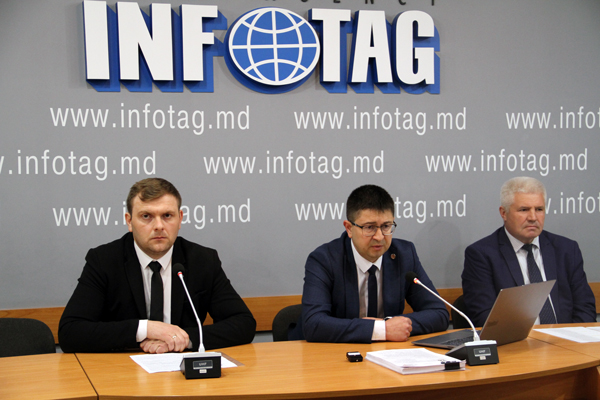
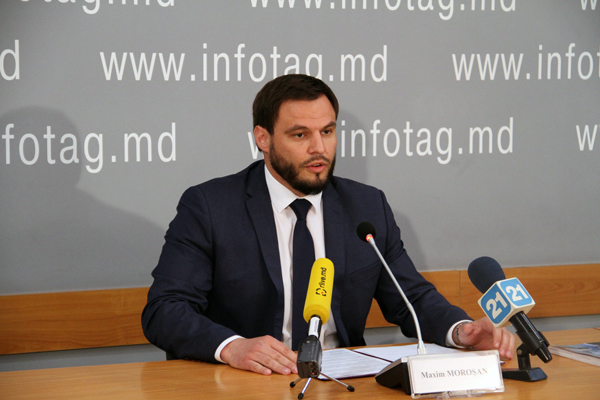
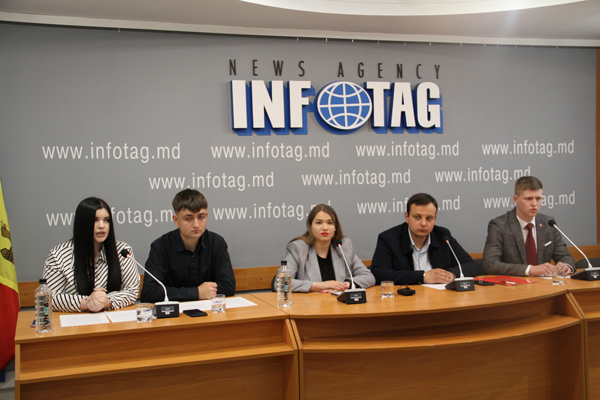
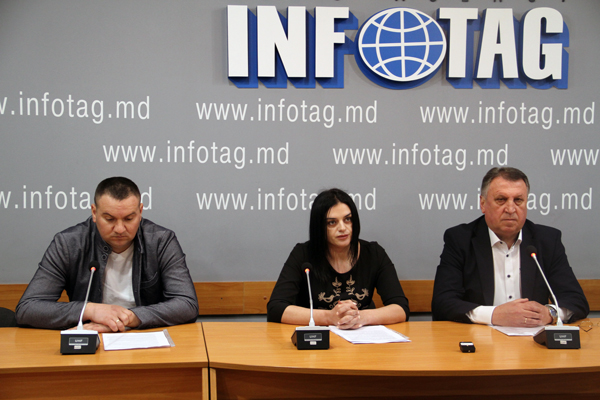
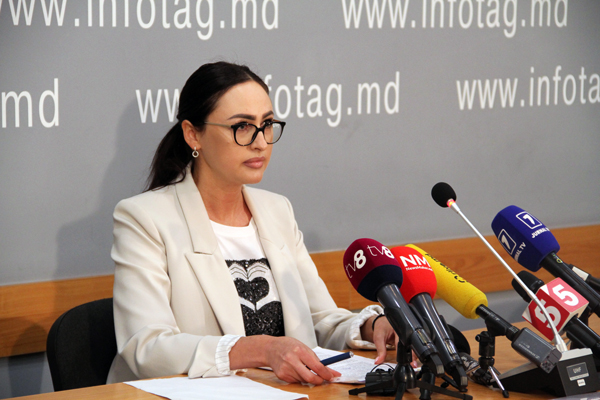
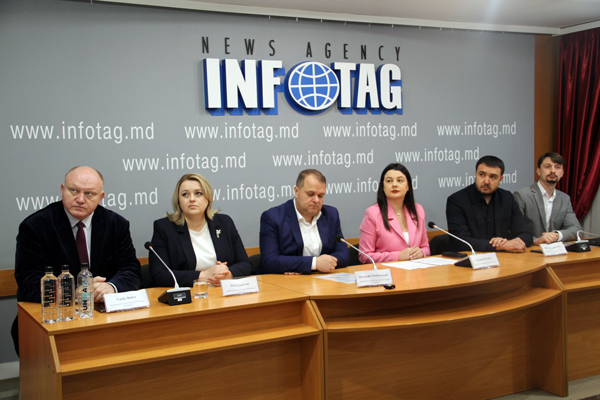
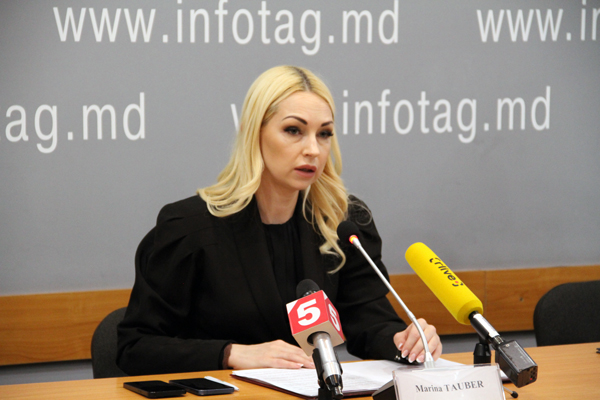
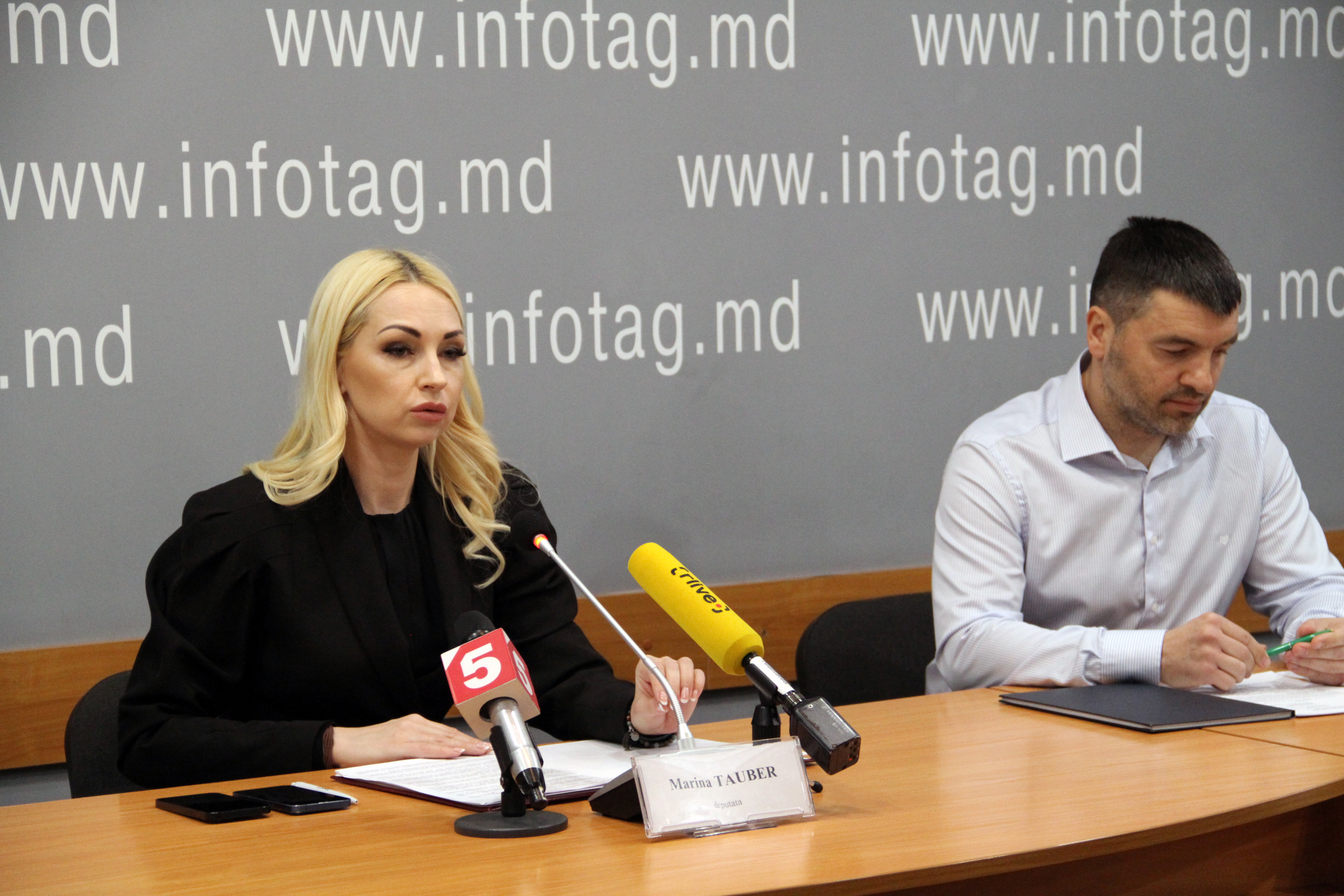
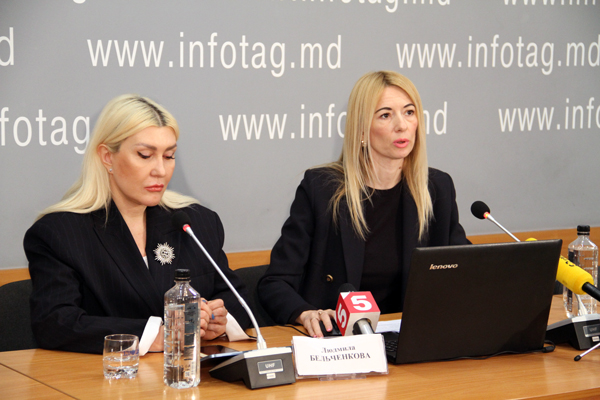
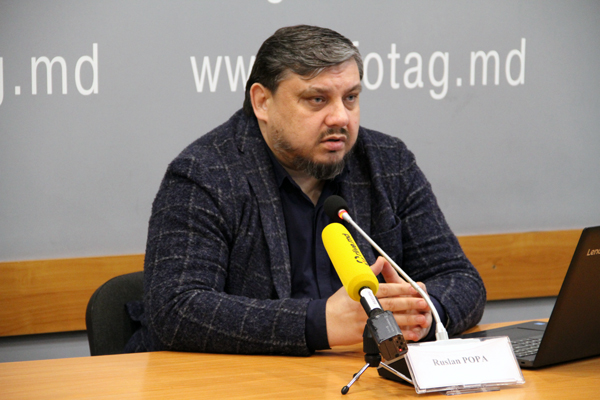
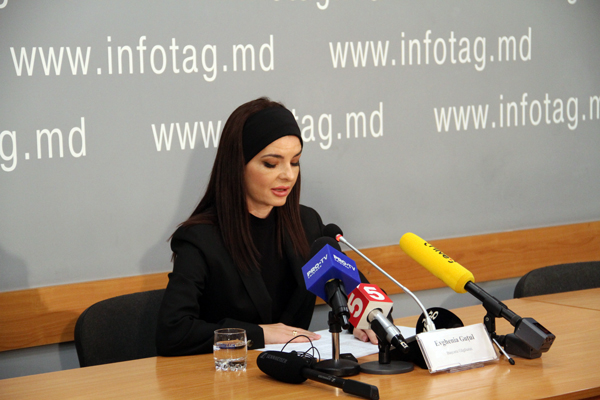
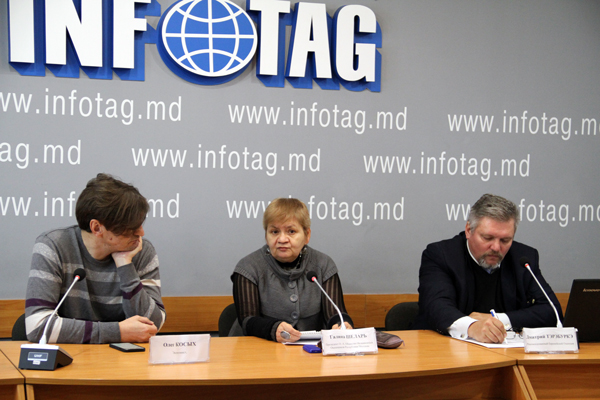
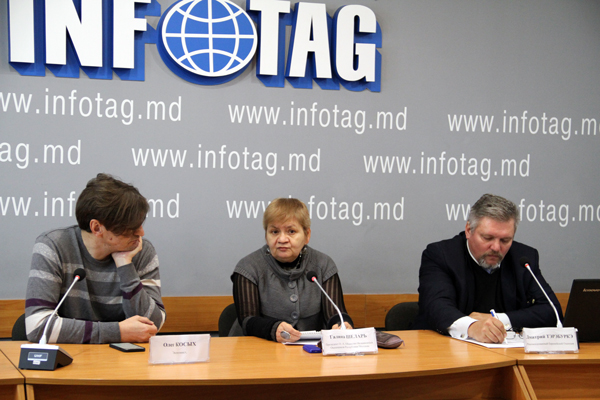
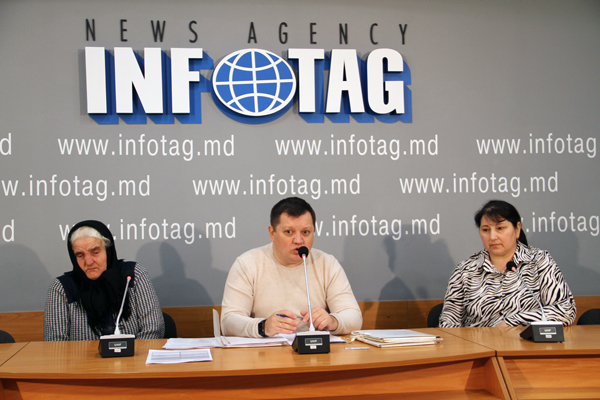
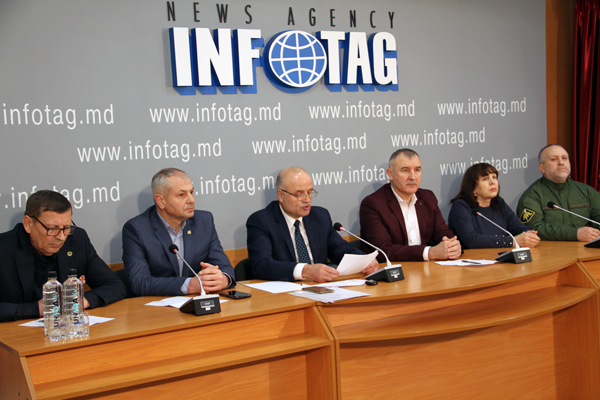
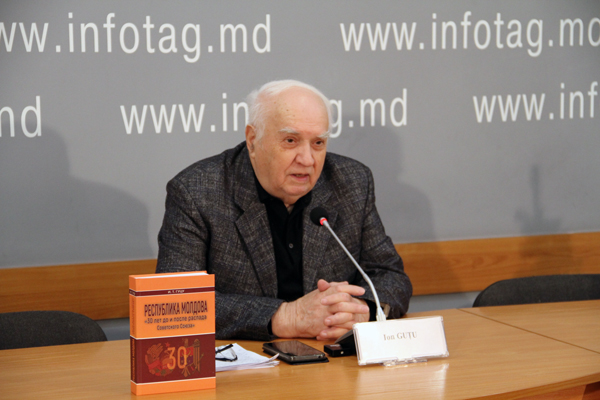
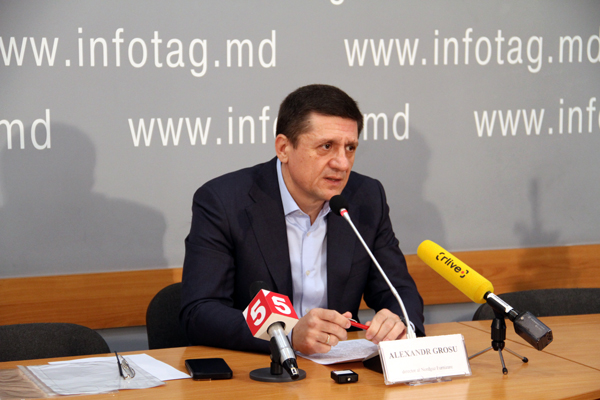



Add Comment